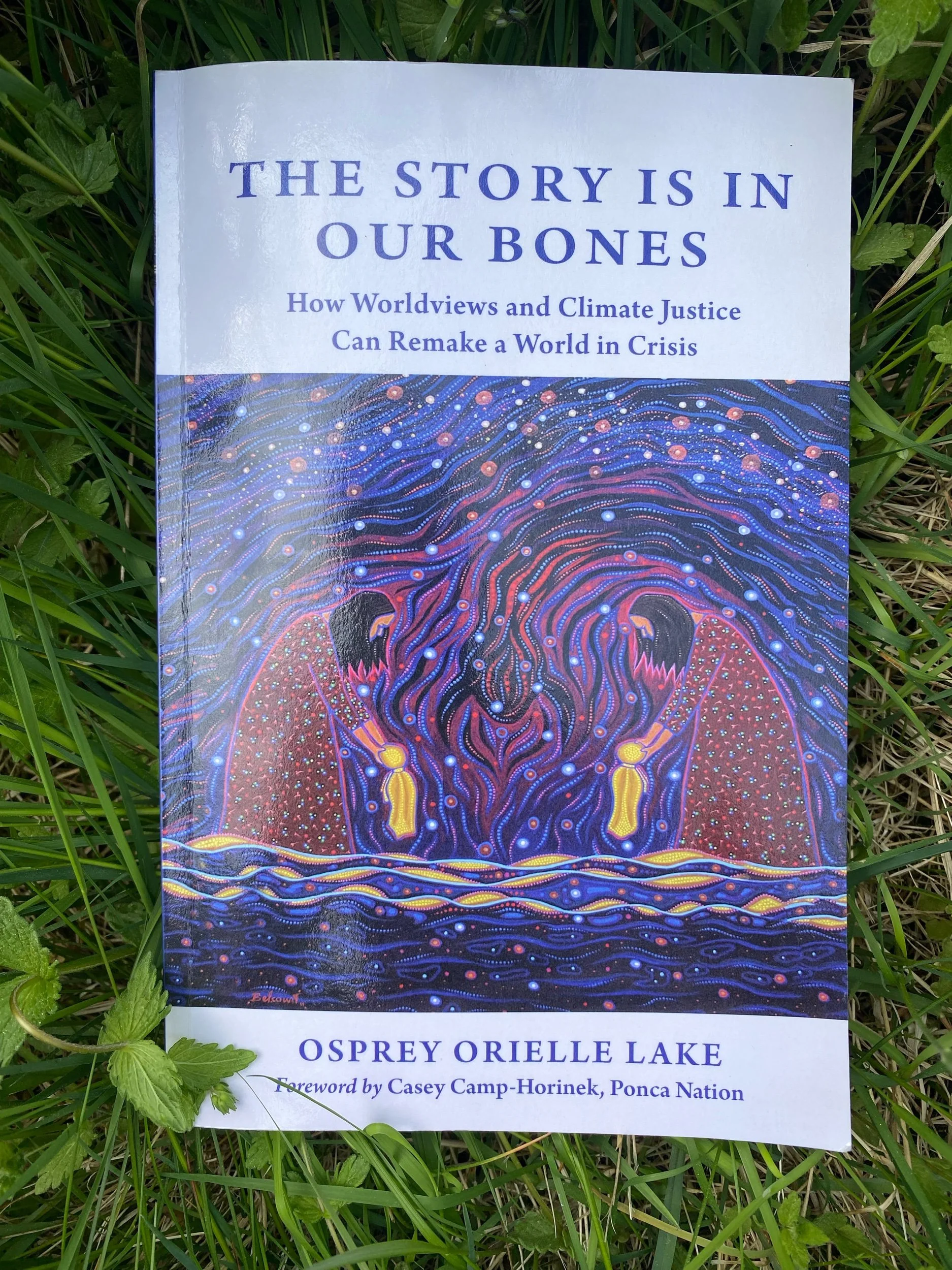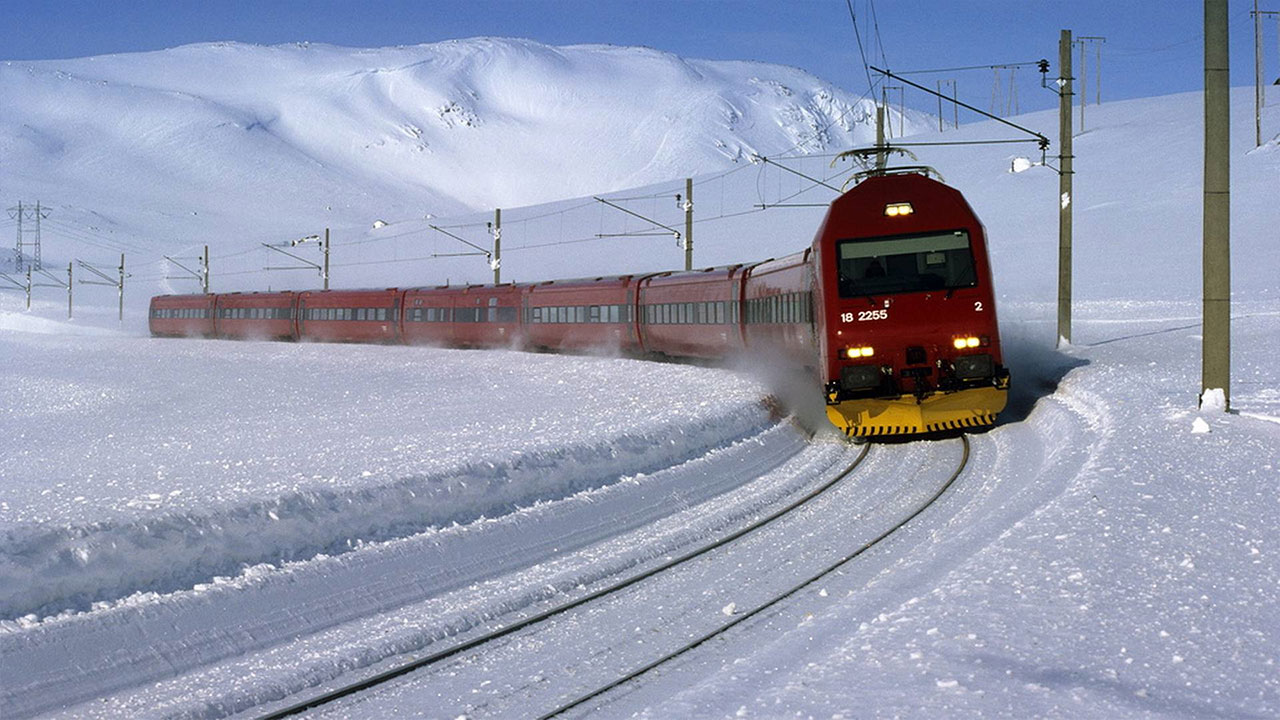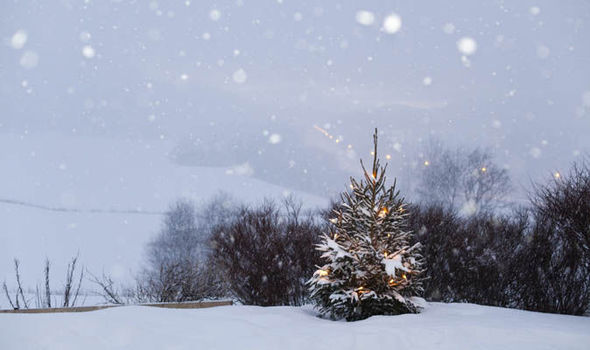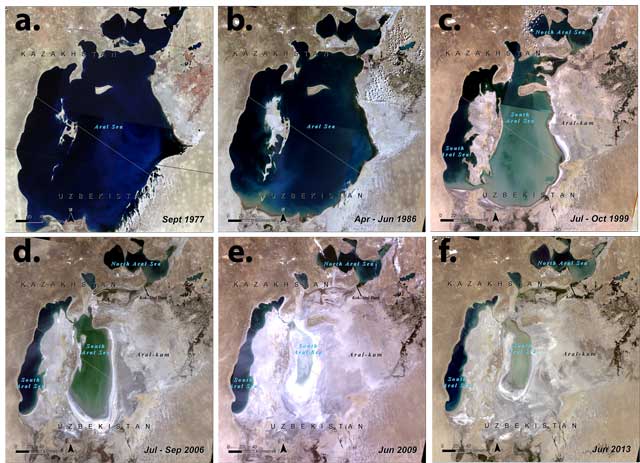Something historical will happen this following week. On Tuesday the 14th of November, in Oslo District Court, the climate article 112 will be tested for the first time ever. The article reads:
'Every person has the right to an environment that is conducive to health and to a natural environment whose productivity and diversity are maintained. Natural resources shall be managed on the basis of comprehensive long-term considerations which will safeguard this right for future generations as well. The authorities of the state shall take measures for the implementation of these principles'.
This is a brilliant article because it says that the state is responsible for a liveable environment, not just for us, but also for future generations. This means that the actions we make today must be morally just towards the environment because it will affect the environment of the future.
I believe, and so does the wonderful workplace that I am proud to call my job - Greenpeace, that drilling for more oil, and especially in the Arctic, is not in agreement with this article. We believe that it violates this article, and when the Norwegian government handed out new oil licences for oil drilling in the Arctic, against all environmental advices, that this would not be in the best interests of a liveable climate for the future.
I first wrote about this lawsuit over a year ago, which you can read here, before I even worked in Greenpeace, because I as a global citizen care about and feel deeply committed to global climate justice and belive in the slogan that 'what happens in the Arctic doesn't stay in the Arctic' - meaning that the oil and gas that is extracted from the Norwegian continental shelf will, when burned somewhere else, further escalate global warming.
In two days it is finally happening. At 09.00 in Oslo District Court we will meet the states representatives and lay forward our best arguments. I hope with all my heart that we are heard and understood. If we were to win this case, it would set a global precedence. Literally, the world is looking towards Oslo these next two weeks. Here, you can read about it in Al Jazeera.
There will be a myriad of cultural and other events linked to the lawsuit, that you can attend here, if you are in Oslo. Otherwise, for the best coverage, if you want to follow the court case, I would encourage you to follow Greenpeace Norge on both Twitter, Facebook, Instagram and even Snapchat. Also, follow Klimasøksmål Arktis on Facebook. It will be press coverage in both Norwegian and English. For purely English content, I would recommend following Save The Arctic on Facebook and Greenpeace International. Also, I will do my best to update on social media as well, so find me at The Climate School on Instagram.
I am so very exited about these two upcoming weeks and I know that there is massive global support to this case. Over 400 000 people have signed up at Save The Arctic to add their names as witness statements. At the same time as this historical lawsuit is taking place in Oslo, there is the COP happening in Bonn, where Norway advocates for ways for create a better climate for the future. By looking towards ourselves first, we could make a significant impact in bettering the climate conditions by being the example that the world so sorely needs. Thank you to everyone that helps bring this message forward in the coming two weeks.














